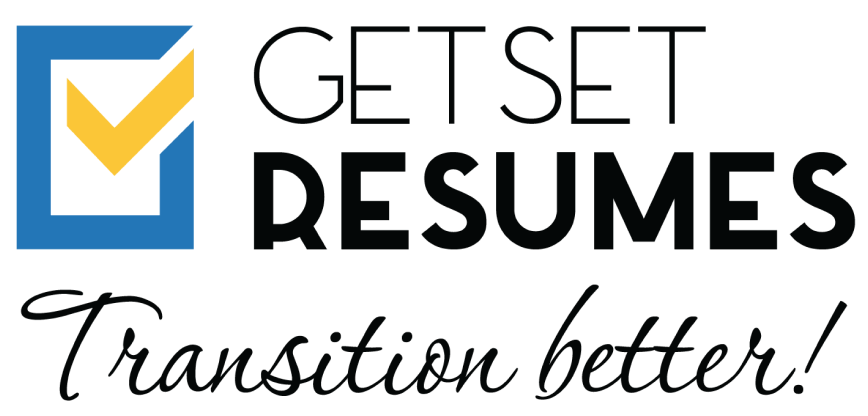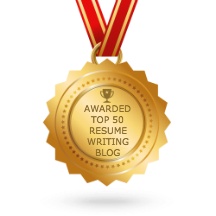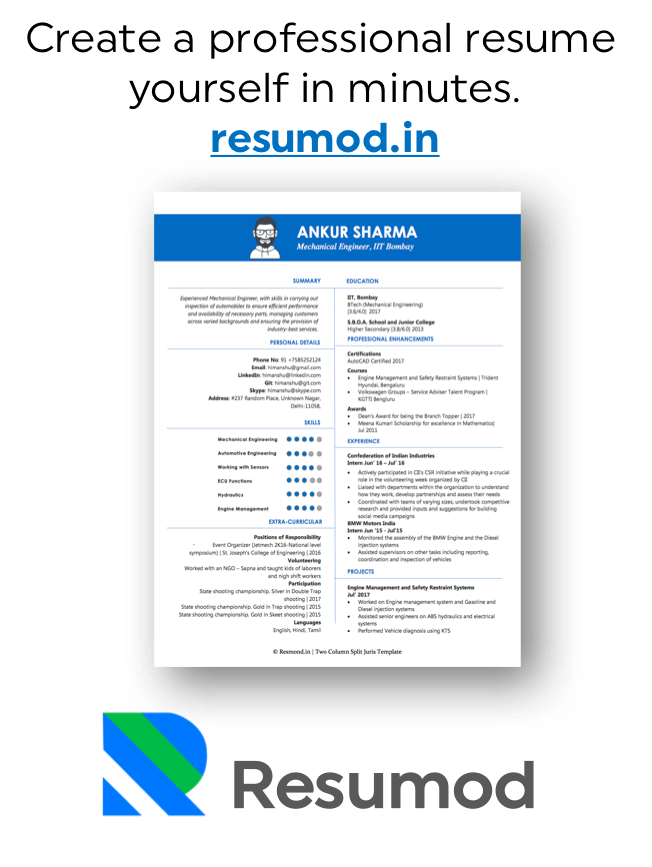Do cover letters still beat LinkedIn messages in getting recruiter responses in 2025?
The truth is, it depends on how you approach each channel and the stage of your job search. But to give you a fair comparison, we’ve explored how they perform across factors like response rate, tone, personalisation, industry fit, time investment, and relationship-building potential.
To give you a clearer picture, we’ll also see when to use each format and how a hybrid approach can double your visibility in competitive hiring cycles.
By the end of this article, you’ll know exactly which format gets better results in 2025 and why smart job seekers now use both strategically.
Cover Letter vs. LinkedIn Message
Job seekers often face a choice between being formal or direct in their applications. Let’s look at both ways.
What is a Cover Letter
A cover letter goes with your resume to show why you fit a specific job. Think of it as a voice-over to your resume that connects your experience to what the job needs.
Pros:
- You can explain gaps in work history or career changes
- The hiring team understands your background better
- You can show how well you match the company’s goals
Cons:
- Writing unique letters for each job takes too long
- Bad cover letters come across as stiff and boring
- Hiring teams might have hidden biases
Few examples of cover letters
Example 1: Sample Cover Letter for a Senior Business Manager in Real Estate
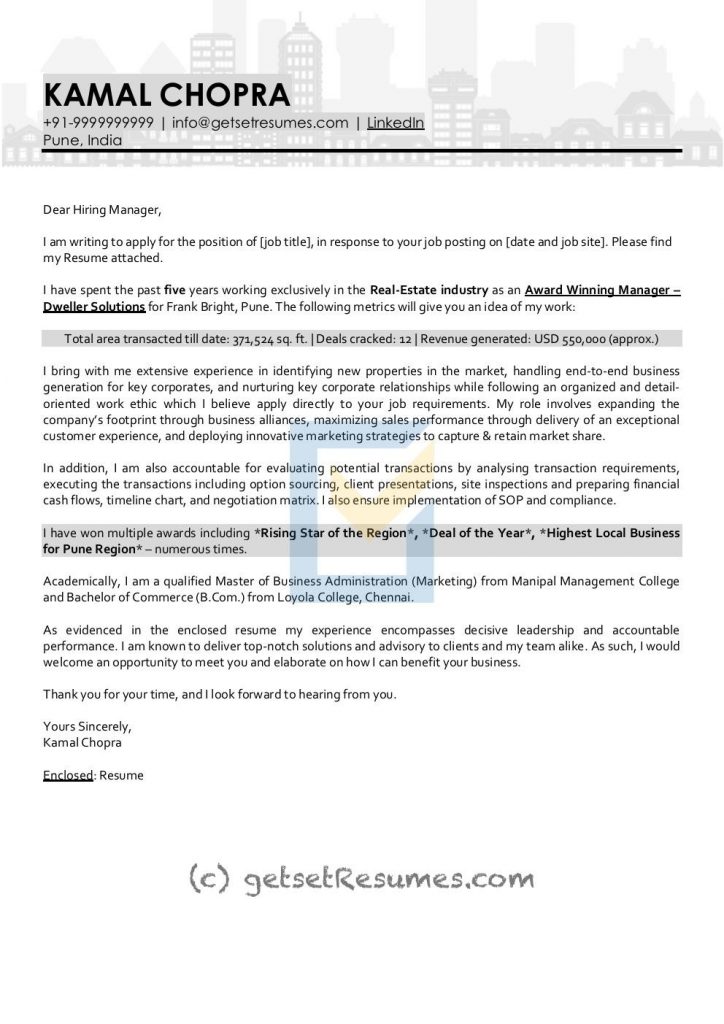
Example 2: Sample Cover Letter for highly experienced Senior Technology Project Manager in IT
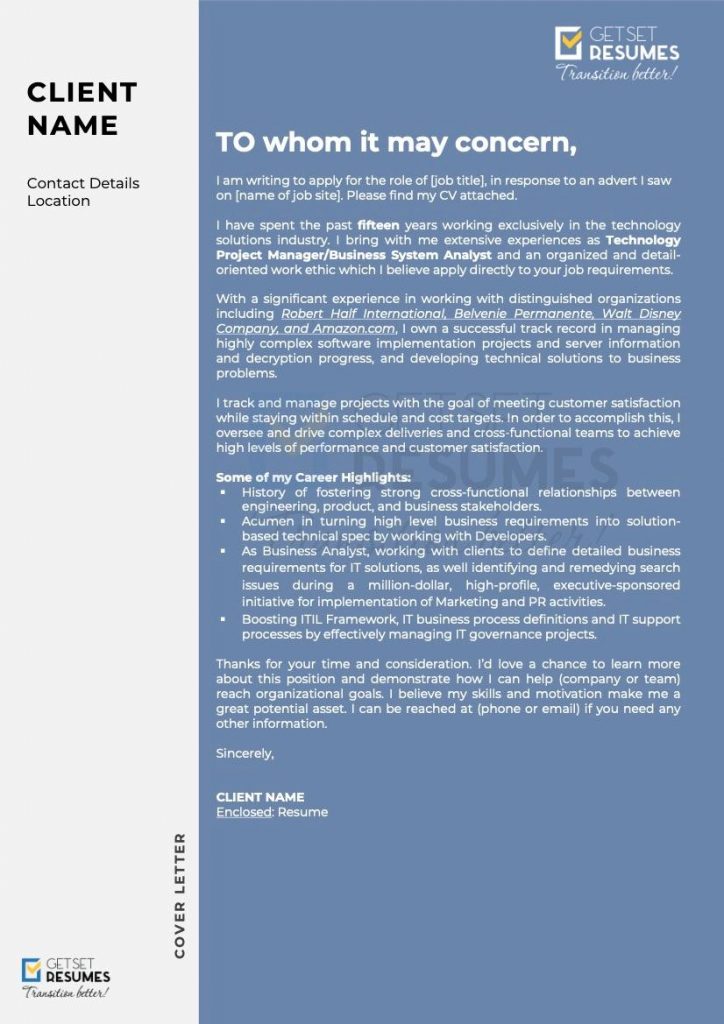
What is LinkedIn message
LinkedIn messages let professionals connect directly without going through formal channels.
Pros:
- People respond more often (25-35%) than with old-school methods
- Access to reach decision-makers right away
- Helps to build relationships before applying
Cons:
- You may need a paid subscription for premium features like InMail
- Messages can sound too sales-like without personal touch
- Your LinkedIn profile needs regular updates to work well
Few examples of LinkedIn message
Example 1: Experienced Professional (Mid-Career)
Subject: Interest in [Specific Role] at [Company Name]
Hi [Name],
Your recent article on [specific topic] resonated with me—especially your point about [specific insight]. It mirrors challenges I’ve tackled in my current role at [Company].
I’m a senior data scientist with 7 years building predictive models for [industry]. Last quarter, I developed a recommendation system that boosted customer retention by 22%.
I noticed [Company Name] is expanding its analytics team. Given your experience leading data initiatives there, would you be open to sharing what you look for in candidates for these roles?
Happy to work around your schedule.
Best,
[Your Name]
Example 2: Referral/Mutual Connection Approach
Subject: [Mutual Connection] suggested I reach out
Hi [Name],
[Mutual connection name] mentioned you’re the right person to talk to about software engineering opportunities at [Company Name]. We worked together at [Previous Company], and they thought my background in [specific area] would align with your team’s work.
I’ve spent the past 5 years developing scalable backend systems, most recently architecting a microservices platform that reduced server costs by 35%. I’m particularly interested in [Company Name]’s approach to [specific technology or project].
Would you have 20 minutes in the next two weeks to discuss what you’re building and where someone with my experience might fit?
Thank you for considering this.
Thanks,
[Your Name]
Which Format Works Best in 2025?
The choice between communication formats largely depends on context and industry expectations by 2025. Your response rates can significantly improve with the right approach.
When to use a cover letter
Cover letters serve specific purposes today. It is usually submitted one if the job posting asks for it, or if you work in formal sectors like finance, legal, or government. These letters help explain career changes effectively. A recent client used a cover letter we created to move from real estate to account management, securing a new role within a month. Such letters continue to be valuable when showcasing cultural fit or writing proficiency for communication-focused positions.
When a LinkedIn message is more effective
LinkedIn outreach gets 2-3 times more responses than traditional cover letters. This method shines best during initial conversations with decision-makers before formal job openings appear. Messages on LinkedIn create instant visibility and sound more natural than standard documents. They work best for positions where networking matters more than formal applications, especially in ever-changing industries or while connecting with founders and senior leaders.
Hybrid approach: message first, letter later
Experienced professionals find success by combining both formats strategically. The best approach starts with a brief LinkedIn message (under 50 words) that builds personal connection. A customised cover letter follows during the formal application process. This two-step method keeps you visible throughout long hiring cycles as you participate in company posts and share relevant content.
Cover Letter vs. LinkedIn Message: Head-to-Head Comparison Table
A side-by-side comparison of metrics shows dramatic differences between traditional applications and modern networking approaches. The data reveals how each format delivers the best results for job seekers in 2025:
| Feature | Cover Letters | LinkedIn Messages |
| Response Rate | Lower involvement | 2-3x higher involvement than cover letters |
| Best Use Case | Formal applications; explaining career gaps | Direct outreach to decision-makers |
| Industry Fit | Traditional sectors (finance, legal, government) | Tech, creative fields, startups |
| Formality Level | Structured, professional | Conversational, authentic |
| Processing | Often filtered by ATS first | Lands directly in recipient’s inbox |
| Time Investment | Higher (customization required) | Lower (shorter format) |
| Visibility | May get lost in application stack | Immediate notification to recipient |
| Follow-up Ease | Limited tracking capability | Built-in messaging thread |
| Relationship Building | Formal, one-way communication | Interactive conversation starter |
| Position Level | Effective for executive roles requiring deeper context | Ideal for senior roles where networking matters more |
The data points to a clear pattern. Cover letters still provide value in structured hiring processes, and LinkedIn messages excel at creating immediate connections. Both approaches serve unique purposes in a detailed job search strategy.
Common mistakes to avoid in both formats
Whether you’re submitting a CV or resume, these basic errors undermine your credibility because it immediately signals unseriousness about your job application to recruiters. Here are 3 most common ones:
- Inappropriate tone can kill your chances quickly. LinkedIn requires proper business etiquette—not casual Facebook-style messaging. Your cover letters need to stay professional without being too formal or using empty phrases like “I’m an excellent team player” with no proof to back it up.
- Overlooking proofreading errors are the biggest blunders you can make. About 58% of hiring managers will reject applications with typos or grammar mistakes. As this signals your lack of real interest to recruiters.
- Poor length judgment LinkedIn messages shouldn’t include “a lengthy message with your entire career history can be overwhelming”. Cover letters that go beyond one page “may be putting readers to sleep”.
Conclusion
The digital world has altered the map of job hunting, but the main goal remains the same – showing your unique value to employers. Your message should highlight why you’re the right fit for both the role and company culture, whether it’s in a well-written cover letter or a strategic LinkedIn message. These two ways will keep changing, but your smart approach to using each tool ended up determining your interview success.
And today, most effective candidates use both approaches smartly. They start conversations with brief LinkedIn messages and follow up with detailed cover letters during the formal process. This strategy keeps you visible during long hiring cycles and shows both your networking skills and writing abilities.
